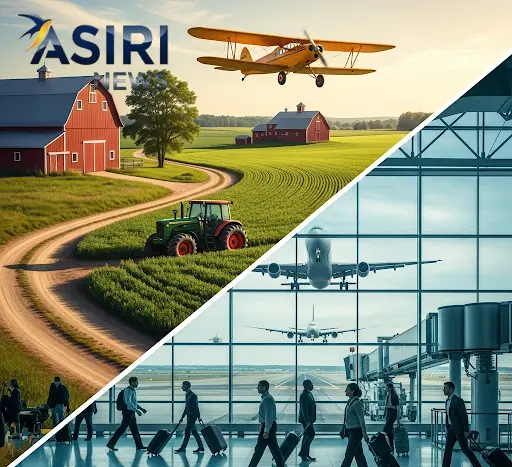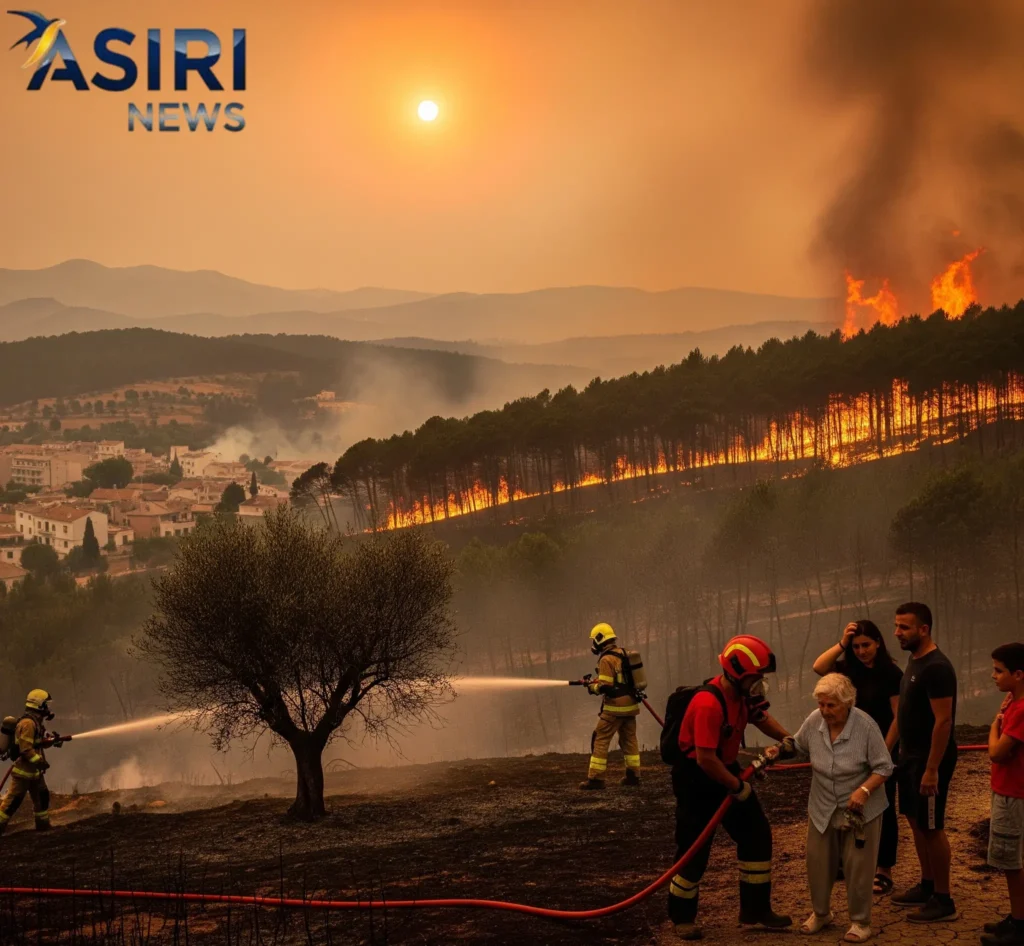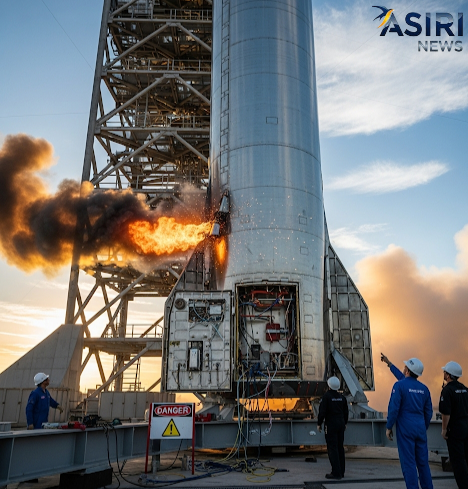In a powerful convergence of consumer demand and logistical complexity, two major travel trends are defining the end of the 2025 summer season. A new global study reveals a monumental shift toward immersive, culinary-focused trips, while in the United States, air travel is poised to hit a historic peak. This combination of rising aspirations and stressed infrastructure highlights the unique challenges and opportunities in the modern travel industry.
The global culinary tourism market is experiencing explosive growth, projected to surge from $1.17 billion in 2025 to over $3.76 billion by 2032. This incredible growth rate, with a CAGR of 18.12%, signifies that people are increasingly seeking to experience a destination through its flavors, not just its landmarks. This shift has been driven by several factors, including a post-pandemic hunger for authentic, hands-on experiences and the rising influence of food media. The fastest-growing segments of this market are culinary trails, food festivals, and cooking classes, all of which provide a direct, immersive connection to local culture. This trend is particularly popular among Generation X, who, with their high disposable income, are leading the charge in this new era of gastronomic exploration.

Meanwhile, in the U.S., a record-breaking number of travelers are taking to the skies for the Labor Day holiday weekend. The Transportation Security Administration (TSA) is bracing for nearly 17.4 million passengers, marking a new all-time high. While the long weekend is a final opportunity for many to travel before the fall routine, this surge in volume, coupled with ongoing infrastructure projects, is expected to create significant challenges. Major hubs like Dallas-Fort Worth (DFW), Newark Liberty (EWR), and Hartsfield-Jackson Atlanta (ATL) are projected to be among the most congested airports.
At airports like DFW, road construction and terminal modifications are urging passengers to arrive 30-45 minutes earlier than usual to account for delays. At Newark, the Federal Aviation Administration (FAA) has implemented new slot limits to manage congestion caused by runway work. These logistical hurdles underscore the growing pressure on aging infrastructure to keep up with unprecedented demand.
Ultimately, these two trends—the rise of culinary tourism and the record-setting holiday travel—tell a dual story of our time. On one hand, people are actively seeking out richer, more meaningful experiences. On the other, the systems designed to facilitate these journeys are being pushed to their limits, emphasizing the critical need for smart planning and infrastructure investment.



